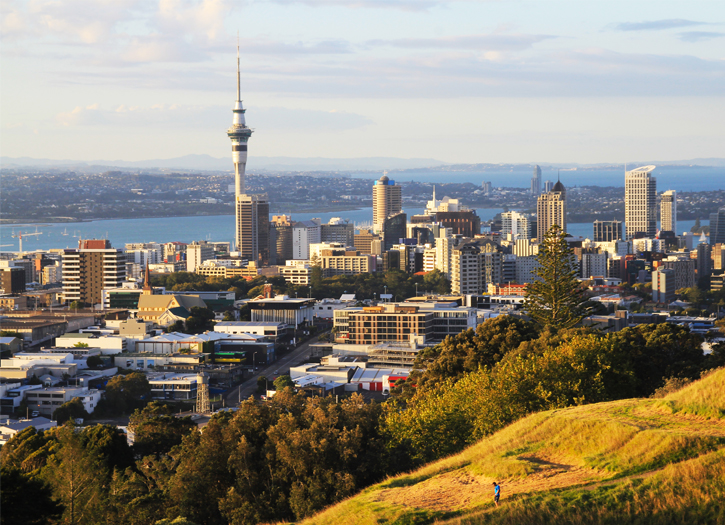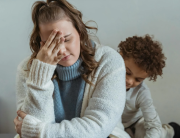The first case of the disease in New Zealand was reported on 28 February 2020. As of 30 August 2020, the country has had a total of 1,729 cases (1,378 confirmed and 351 probable) and 22 people have died from the virus, with cases recorded in all twenty district health board (DHB) areas. The pandemic peaked in early April, with 89 new cases recorded per day and 929 active cases. As of 30 August 2020, the country has 137 active cases.
All borders and entry ports of New Zealand were closed to all non-residents on 19 March 2020, with returning citizens and residents being required to self-isolate. Since 10 April, all New Zealanders returning from overseas must go into two weeks of managed isolation. A four-level alert level system was introduced on 21 March to manage the outbreak within New Zealand. The Alert Level was initially set at Level 2, but was subsequently raised to Level 3 on the afternoon of 23 March. Beginning on 25 March, the Alert Level was moved to Level 4, putting the country into a nationwide lockdown. The Alert Level was moved back down to Level 3 on 27 April, partially lifting some lockdown restrictions, and down to Level 2 on 13 May, lifting the rest of the lockdown restrictions while maintaining physical distancing and gathering size limits.
On 1 April 61 new cases were reported (47 confirmed and 14 probable), bringing the total to 708 (647 confirmed and 61 probable). On 5 April, ethnicity statistics were released; indicating that 74% of those who had contracted COVID-19 were Pākehā, 8.3% Asian, 7.6% Māori, and 3.3% Pasifika. By 30 April, the total number of cases had reached 1,476 (1,129 confirmed and 347 probable) while the total number of recoveries had risen to 1,241 and the death toll to 19. On 1 May, there were a total of 1,479 cases (1,132 confirmed and 347 probable) and 1,252 recoveries reported. By 31 May, there were no new cases, keeping the total number at 1,504 (1,154 confirmed and 350 probable). The number of recovered had risen to 1,481 while the death toll reached 22.
On 17 March, Health Minister David Clark announced that the Government would deport foreign tourists who flout self-quarantine restrictions. That same day, Immigration New Zealand placed two foreign tourists into forced quarantine for defying Government requirements to self-quarantine for two weeks. The tourists were ordered to leave New Zealand following their quarantine. Finance Minister Grant Robertson announced a $12.1 billion COVID-19 business package that included $8.7 billion for businesses and jobs, $2.8 billion for income support, $500 million for health, and $600 million for the aviation sector and to support supply chains (this did not include any support for Air New Zealand).
On 19 March, the Government required the cancellation of indoor gatherings of more than 100 people. This did not apply to workplaces, schools, supermarkets or public transport. Ardern announced the closure of New Zealand’s borders to all but New Zealand citizens and residents, with effect after 11:59 pm that night. Unlike the previous travel restrictions, this ban also includes Pacific Islanders. Returning New Zealanders are required to self-isolate for 14 days upon entry. The partners, legal guardians or any dependent children travelling with returning New Zealand can return but will need to self-isolate as well.
On 29 July, Housing Minister Megan Woods announced that some travellers entering New Zealand would have to pay for their 14-day stay in managed isolation. The isolation stays will cost $3,100 ($2,050) for the first adult in each hotel room, $950 for each additional adult and $475 for each child sharing the room. Travellers affected by the new ruling include New Zealanders who have left the country after the rules came into effect, those who intend to stay in New Zealand for less than 90 days, and most temporary visa holders with the exception of family members of citizens who were not liable, diplomats, or those here for the Christchurch mosque trial.
On 21 March, several local body councils in Auckland, Wellington, Christchurch, Dunedin, Lower Hutt and Porirua announced the closures of public facilities including swimming pools, libraries, and museums.







Add Comment